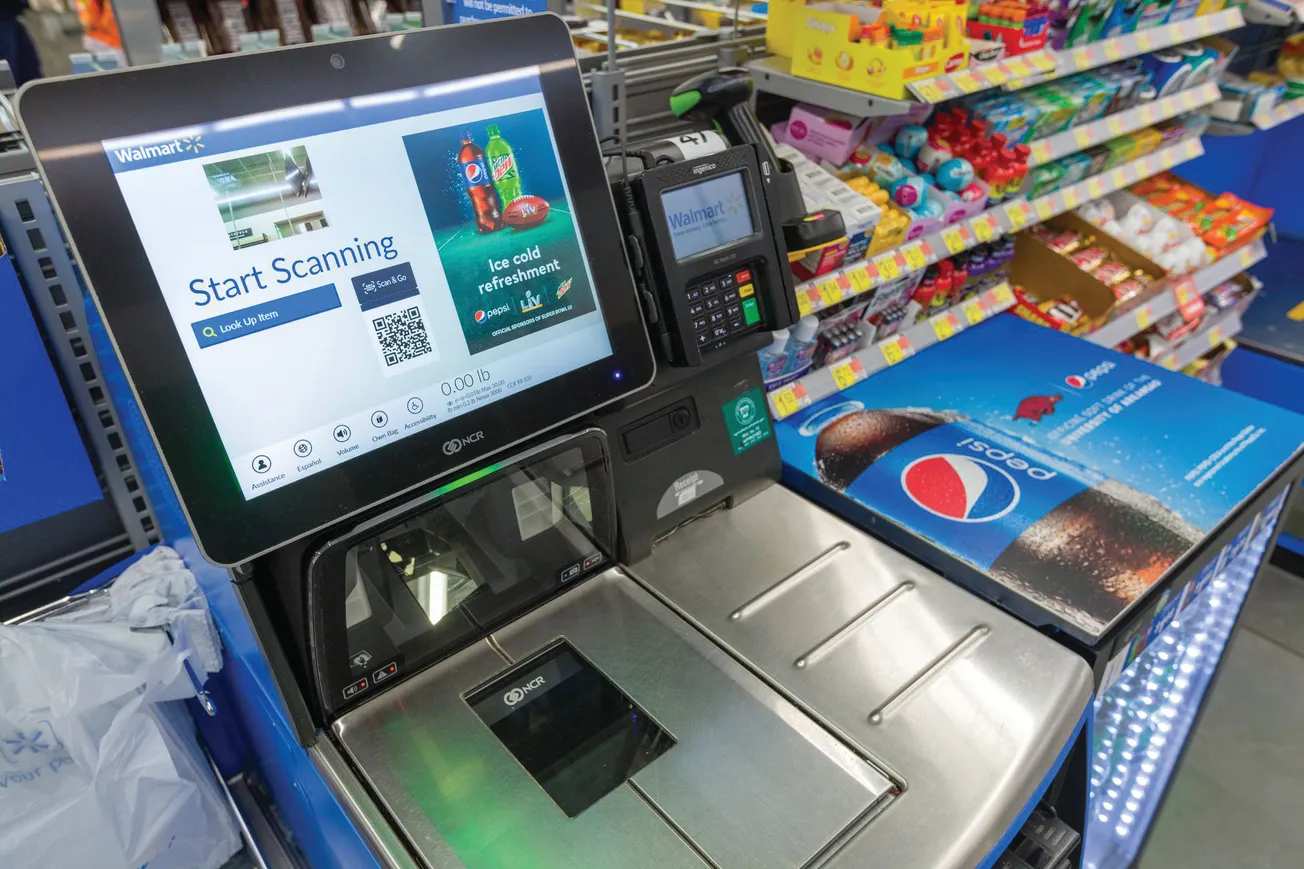In 2022, pharmaceutical industry spend on linear TV ads fell for the first time in years by 4% year on year, according to data from Standard Media Index.

Tony Marlow
Despite the growing adoption of over-the-top (OTT) video advertising — whose annual growth rate is estimated at 10.01% by 2027 — by many industries, over-the-counter and prescription drug companies continued to spend more on traditional TV spots to reach target consumers. But last year seemed to mark a sharp pivot for pharma, with more ad dollars shifting to OTT, specifically connected TV (CTV). Let’s explore why and how pharma and drug store advertisers should start testing campaigns on digital TV.
How pharma and drug store marketing got here
Linear TV has long been the name of the game for pharma and drug stores because of its ability to drive mass awareness at scale. Over the years, baby boomers have been slowest generation to make the move from linear TV to streaming options, and even today 38% spend more time there than on any other platform. Further, the laborious regulatory factors involved in converting long-form commercials into digital video ads have made the latter more challenging for pharma and drug store advertisers.
But, as with many things in the digital realm these last few years, the pandemic has proved a powerful catalyst.
Not only did COVID-19 accelerate e-commerce growth and digital transformation initiatives at many companies, but it also boosted streaming consumption across all generations. Connected devices exist in 80% of U.S. households, and 93% of internet users are reachable through them. Over a fifth of consumers watch less linear TV than a year ago. What’s more, some of the programming, like live sports, that drug brands and stores have typically leveraged for mass awareness ad campaigns is also shifting to streaming services. Put simply, streaming audiences are starting to resemble legacy linear ones closely.
Creating more flexibility
In addition, the pandemic created the need for more flexibility in advertising. Pharma and drug stores felt this acutely as they reacted to an ever-evolving landscape marked by mass sickness and lockdowns. Amid these lockdowns, consumers turned to online shopping and curbside delivery to get goods from their local drug store chains. As such, not only did drug store marketers need to pivot creative to be effective, but ad dollars had to quickly shift to digital ad formats. Since linear TV ads are often bought and sold via up-front commitments, they are less fluid than digital TV ads, which can be bought via various methods, such as insertion orders, private marketplaces or programmatic guarantees. Advertisers can get CTV/OTT campaigns in market faster and optimize them in-flight.
Reaching the right audience
Linear also presents a targeting dilemma. With linear, advertisers can never be certain if they reached their target audiences, whereas CTV/OTT’s data and targeting capabilities allow advertisers to more granularly and accurately pinpoint their audiences. With audiences now shifting from linear to streaming, critical mass is building among streaming TV audiences, and pharma companies are now able to take advantage of this deterministic hyper-targeting at scale. Further, for this industry, in particular, which is rich in first-party data, CTV allows them to target niche patient populations. They can also use this data to target viewers who have or haven’t seen their or a competitor’s ads, extend reach from linear to CTV/OTT and retarget viewers on their other devices as they watch TV.
Thinking outside the box
In terms of creative, pharma advertisers win on CTV too. The medium offers longer-length video ad units that pharma advertisers require to account for drug side effects and disclaimers. Look for partners to help get to at least 90-second fulfillment regarding longer-form content so all necessary information gets included in the creative.
Furthermore, CTV offers the ability to customize creative content with interactive features at scale. Gone are the days of saturating the same audience with the same creative and messaging. CTV allows advertisers to explore enhanced, interactive ad formats that let viewers click through to related videos, websites, apps and content. Customize ads with time-based, location-specific or weather-triggered messaging, sporting events and dynamic QR codes for different data signals. These types of enhanced ads resonate with audiences: 93% of consumers feel favorably towards brands that utilize enhanced ads and report being more likely to buy or use brands that utilize enhanced ads.
Today’s technology allows advertisers to translate linear commercials into digital TV ads, enabling marketers to access more flexibility with commitments, better targeting and the chance to engage their audience with enhanced ad elements, all the while maintaining compliance with required regulations.
Despite the current economic environment, pharma and drug store companies are positioned to succeed. People will continue to need O-T-C and prescription meds, as well as the other staples that these retailers carry, no matter what is going on in the world. But these advertisers already know that — Standard Media Index’s data for January shows pharma companies are continuing to spend more on advertising, even as their tech and consumer goods counterparts pull back. For this reason, and the fact that research shows it pays to advertise correctly during a crisis, pharma and drug store companies have a bright future if they rethink their advertising approach. With the ability for CTV/OTT to improve audience targeting and engagement, allow for flexibility when needed and ensure ads reach who they’re supposed to, the medium provides an excellent opportunity for the retail pharmaceutical industry to deliver more relevant ads to consumers, lower costs and boost performance.
Tony Marlow is global chief marketing officer at LG Ad Solutions.









